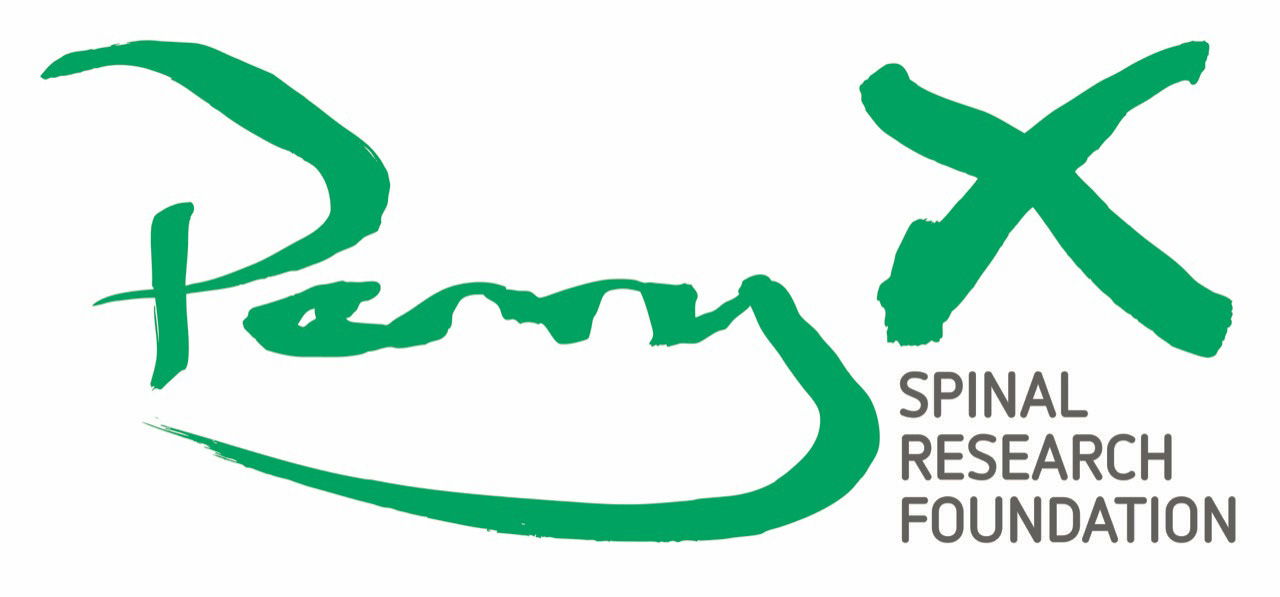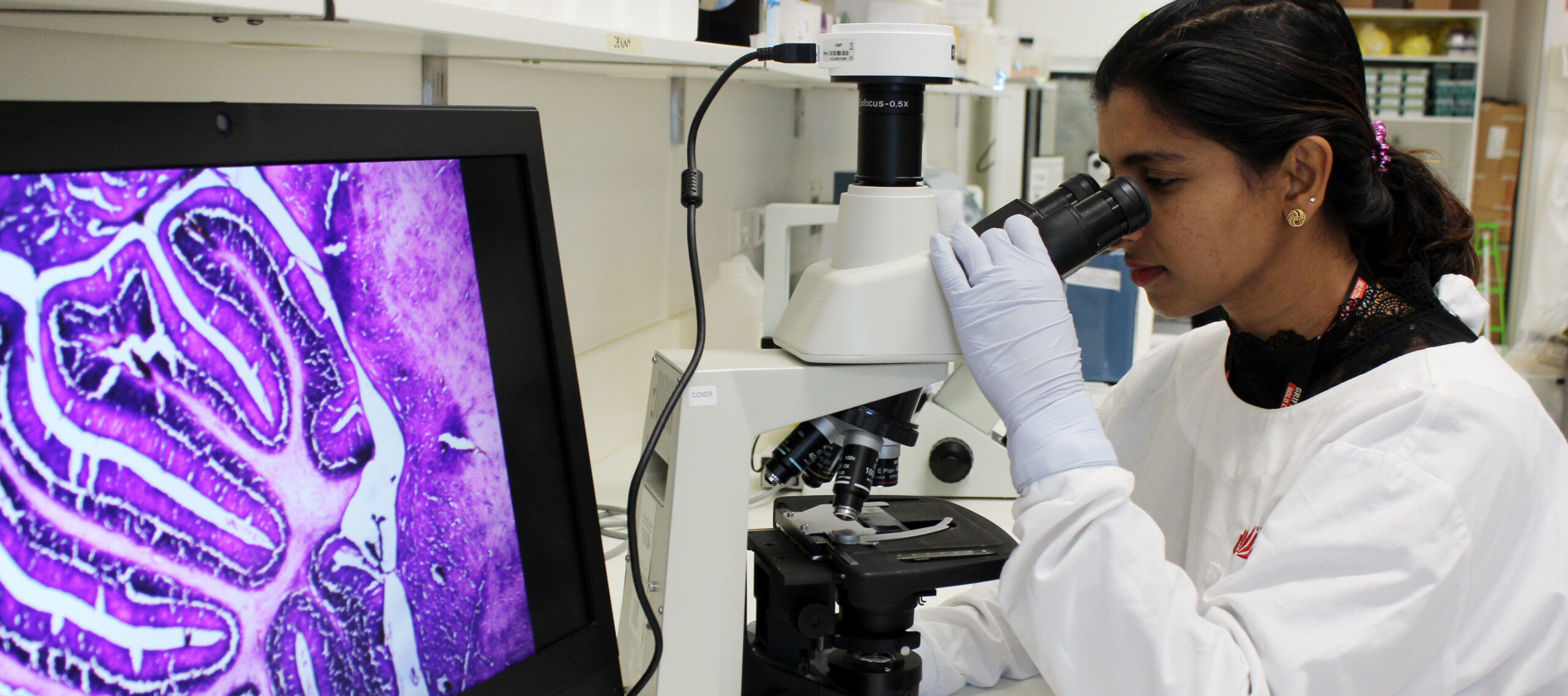In 2015 PCSRF funded this exciting project at the Griffith Institute for Drug Discovery (GRIDD), Griffith University under the supervision of project leader Professor James St John.
A recent international trial had shown that olfactory glia could restore some function in paralysed humans. These specialised cells found in the nose, have great potential for repairing the spinal cord. Exciting results from the trial highlighted that there is real chance of developing a therapy for humans.
However, to make the therapy more effective it is crucial to enhance the activity of the cells.
The aim of this research project was to enhance the activity of the olfactory glia to improve their therapeutic use for the treatment of the injured spinal cord. The team discovered that the natural product curcumin can potently stimulate the activity of the olfactory glia, and that curcumin’s activity is specific to olfactory glia. A similar type of glia, called Schwann cells, which are found in peripheral nerves, are not stimulated in the same way as olfactory glia. This means that olfactory glia have properties that are unique and not shared by other glia which reinforces the reason for using olfactory glia for spinal cord repair.
The project has also discovered that the natural products, linckosides, can stimulate olfactory glia to produce more cell connections which would be useful for making new connections within the injury site. Thus it is clear that olfactory glia can be stimulated by natural products.
This research then led to the team exploring the activity of olfactory glia in more detail and it opened up a whole new area of research on how the therapeutic use of olfactory glia can be improved
Pictured above: Dr Anu Chacko
Publications:
Tello Velasquez J, Nazareth L, Quinn RJ, Ekberg JAK, St John JA. 2016. Stimulating the proliferation, migration and lamellipodia of Schwann cells using low-dose curcumin. Neuroscience, 324:140-150.
Tello Velasquez J, Yao RQ, Lim F, Han C, Ojika M, Ekberg JAK, Quinn RJ, St John JA. 2016. Linckosides enhance proliferation and induce morphological changes in human olfactory ensheathing cells. Molecular and Cellular Neuroscience, 75:1-13.




